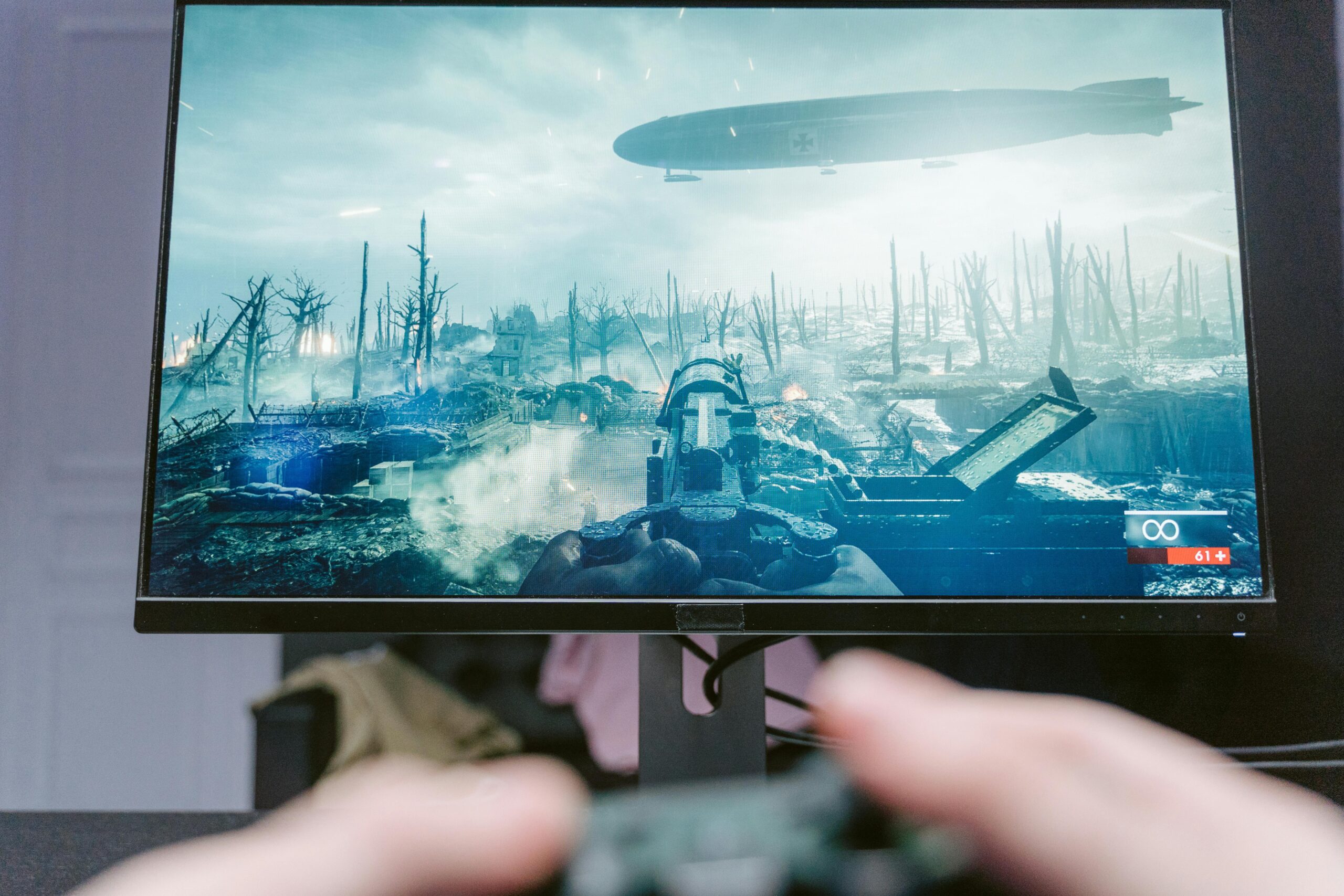Back in the analog TV era (like long time ago), North America, Japan, and a few other regions used the NTSC broadcast system. When color arrived in the 1950s, engineers tweaked the refresh rate ever so slightly—from an even 60 Hz to roughly 59.94 Hz—to squeeze color information into the signal without breaking black‑and‑white sets or throwing audio out of sync. That quirky 59.94 figure stuck. Fast‑forward to the present, and you’ll find it hard‑wired into Blu‑ray discs, capture cards, and countless LCD and OLED panels that still advertise “60 Hz” but actually tick at 59.94 under the hood.
Windows notice this heritage, too. When your monitor’s EDID handshake says, “Hey, I really refresh at 59.94 Hz,” the OS politely rounds down and labels the mode “59 Hz.” Some graphics drivers even expose two nearly identical modes—one tagged 59 Hz (59.94) and another stamped 60 Hz (60.000). On many modern displays, both work, but older TVs and a surprising number of desktop monitors only behave perfectly at the legacy rate. So the 59‑FPS cap is there to match that true refresh and keep everything in lockstep.
The payoff is smoother gameplay. With vertical sync enabled, each frame must land exactly when the screen finishes a refresh. If your panel hums at 59.94 Hz but the game engine insists on 60.000 FPS, the 0.06‑frame difference snowballs—your render queue drifts out of phase, leading to micro‑stutters or the occasional tear. Limiting the engine to 59 FPS (or simply choosing the 59‑Hz display mode) lines the two clocks up again, and those hiccups disappear.
It also matters for streamers and anyone capturing footage. Tools like OBS default to 59.94 FPS because game consoles, Blu‑ray players, and HDMI capture dongles spit out that exact rate. If you’re gaming at a true 60 FPS while recording at 59.94, audio can slowly desync, or frames may be dropped to make the math work. Lock the game to 59 and the problem vanishes.
Does choosing 59 FPS cost you visible smoothness? Not really. The gap between 59 and 60 is just 1.7 percent, well below what the eye can spot in motion. What you gain is cadence: every frame arrives on time, the GPU workload feels steadier, and your recordings stay in harmony.
There are still moments when a rock‑solid 60 FPS makes sense. High‑refresh gaming monitors that truly run at 60.000 Hz (or anything above) are fine with it, especially if you use adaptive‑sync tech like G‑Sync or FreeSync. Competitive players chasing the lowest latency often push well past refresh anyway. But if your screen’s real heartbeat is 59.94 Hz—and many living‑room TVs and office monitors still are—opting for 59 FPS is the simplest way to keep every frame where it belongs.
So the next time that odd setting shows up, you’ll know it isn’t a mistake. It’s a quiet handshake between history, hardware, and the software trying to give you the cleanest, most stable picture possible. Give it a try, and see if your game feels just that little bit smoother.
Photo by Tima Miroshnichenko

















































































